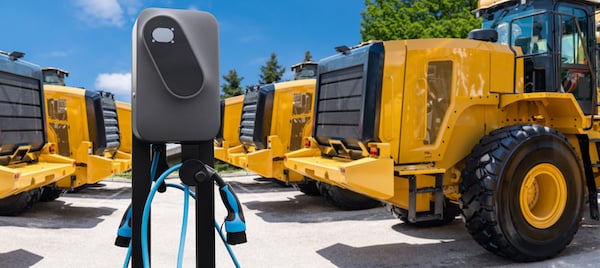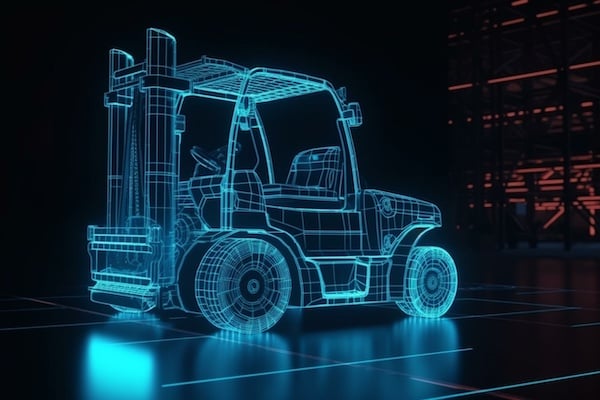Thanks to electronic controls and sensors, hydraulics now operates with enhanced efficiency, resulting in improved performance and energy savings. By incorporating electronic controls, hydraulic systems can be monitored, allowing for pre-programmed, automated adjustments in flow and pressure to optimize performance, based on specific application requirements. This electro-hydraulic integration proves highly beneficial in industrial settings where precision is paramount.
Electro-hydraulic systems combine signal processing with hydraulic drives to deliver high power density and precise control, thereby improving energy efficiency and accuracy. In both industrial and mobile applications, electro-hydraulics offer high -performance and safety, creating closed loop systems that open and close valves, operate pumps and actuate cylinders. A perfect example of this is hydraulic solenoid directional valves, used for opening, closing, or changing the direction of flow. The solenoid is electrically powered by a coil, wound around a ferromagnetic core at its center. Solenoid technology is used in aerospace, construction, manufacturing and many other industries that use hydraulic systems.
Electro-hydraulic motor pumps
The mobile hydraulic industry has long used electro-hydraulic pumping units. One benefit is the reduction of emissions and fuel consumption in mobile equipment to comply with government-mandated regulations. Consequently, equipment manufacturers use electro-hydraulic solutions that decouple the hydraulic pump from the internal-combustion engine, and in some cases eliminate the engine altogether, to significantly reduce emissions. 
Electro-hydraulic pumping units hold immense potential for greater efficiency in comparison to traditional hydraulic systems. One advantage lies in the ability to control hydraulic flow direction and amount, simply by adjusting the direction and speed of the electric motor. Such systems eliminate the need for directional and proportional valves, reducing the complexity of hydraulic circuits and simplifying troubleshooting.
Advanced technology
In today's technological landscape, hydraulic systems are integrated with devices that form part of the Internet of Things (IoT). This integration enhances real-time signal maintenance and provides energy consumption data, which is utilized to optimize performance and reduce energy usage, ultimately leading to energy savings. These advancements make hydraulic systems more effective with design, control and monitoring.
Artificial intelligence (AI) has also emerged as a significant trend in hydraulic systems, further optimizing their performance and enabling more effective prediction of maintenance requirements. AI, a key contributor to modern technology, has far-reaching applications beyond self-driving equipment. By reducing downtime and maintenance costs, AI enhances the efficiency and reliability of electro-hydraulic systems.

New control algorithms
Recent advancements in sensor systems and computing power have spurred the development of new control algorithms for electro-hydraulic systems. This opens new possibilities for predictive control and data-based optimization algorithms, improving overall system efficiency and precision while reducing maintenance and energy demands.
As electro-hydraulics continue to evolve, ongoing technological developments will likely result in further improvements to hydraulic systems, enhancing their efficiency and reliability. Integrating electro-hydraulic systems has brought unprecedented efficiency, precision, safety and reliability to industrial applications. With continued advancements in electro-hydraulic integration, hydraulics will remain at the forefront of technological innovation.
Learn more about technological advancements and trends concerning hydraulics in this BluPrint:

